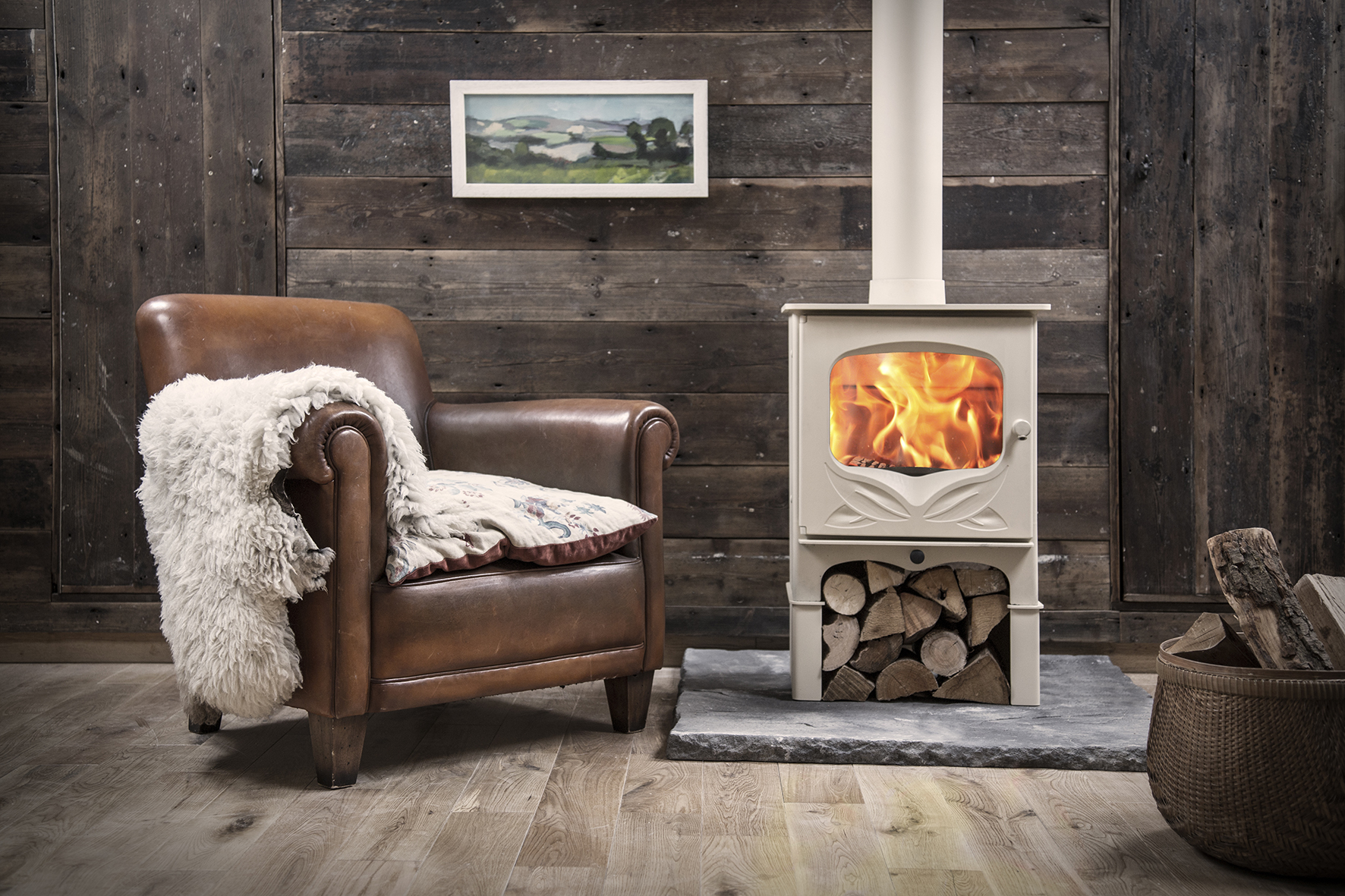Splitting firewood, the process of dividing large logs into smaller pieces, has become necessary to improve the wood’s quality and ensure an efficient burning experience. In this article, we will explore why we split firewood, how it affects the burning experience, and what factors affect the drying time of firewood.
Why Firewood is Split
Split Firewood is Easier to Light
When a fire is started, it needs three things to keep burning: fuel, oxygen, and heat. Split firewood provides a better balance of these three components, making it easier to ignite than whole logs.
Split firewood has a higher surface area to volume ratio, meaning that more of the wood’s surface is exposed to the air. This affects the wood in two ways: firstly, it is easier to dry the wood, and secondly, it is easier for the wood to ‘catch’.
Wood that is split is easier to dry than larger chunks of wood, and wood that has a high moisture content is challenging to ignite because it takes more heat to evaporate the water.
The increased surface area also means that more oxygen can reach the wood, which is crucial not only for initial combustion but also for keeping the fire burning.
When you light split firewood (and especially when lighting kindling to start the fire), the flames quickly engulf the wood due to the increased surface area and dryness, resulting in a steady heat output. The efficient combustion process that occurs with split firewood also produces less smoke and ash, which is beneficial for both indoor and outdoor fires.
Splitting Firewood Produces More Heat
The greater surface area of split wood (when compared to that same log before it was split) also results in greater heat, this is because more oxygen can reach more of the wood and support combustion. The heat generated from the combustion of the wood is then transferred to the surrounding air, which warms up more quickly.
Because split wood is easier to dry than unsplit wood, there is typically less moisture content in split wood. This means the heat generated from split logs can be used to warm the room rather than being used to evaporate the water in the logs, which can be the case with larger, unsplit logs. Burning wood with a high moisture content takes longer and produces less heat and more steam.
What Factors Affect Firewood Drying Time?
The species of wood, initial moisture content, season and climate, size and shape, airflow, and storage location all affect the drying time of firewood. Properly seasoned firewood should have a moisture content of less than 20% and be stored in a dry, well-ventilated area for at least 6-12 months before use.
The type of wood affects the drying time because some species of trees have a higher moisture content than others. For instance, hardwoods like oak, hickory and maple have a lower moisture content than softwoods like pine and spruce, which means they dry at a different rate.
The initial moisture content of the wood affects how long it will take to dry. Freshly cut or “green” wood has a higher moisture content than wood that has already been partially seasoned or dried. If buying partially-seasoned wood, you will need to dry it further yourself, but this won’t take as long as drying it from being freshly cut.
Weather conditions can also affect the drying time of firewood. If the wood is exposed to sunlight and wind, it will dry faster than wood stored in a damp or shady area. The storage method also plays a crucial role in the drying time. Firewood stored in a well-ventilated area with a cover to protect it from rain will dry faster than wood stored in a damp or enclosed area. When stacking firewood for drying, make sure there is a good level of airflow between the logs.
Burning Whole Logs – What You Should Know
While splitting firewood is recommended for a more efficient and enjoyable burning experience, it is still possible to burn whole logs. However, burning whole logs requires a longer burning time and produces less heat than split wood. It also produces more smoke and ash than split wood.
When burning whole logs, it is essential to make sure they are well-seasoned (dry) and to ensure that the fire has enough oxygen to support combustion, which can be achieved by adjusting the airflow on the wood-burning stove.
Whole logs have a smaller surface area, and as a result, less oxygen can reach the centre of the log. This lack of oxygen can cause the fire to smoulder, producing more smoke and ash, making it harder to maintain a steady heat output. Whole logs also take longer to ignite than split firewood, and they can be challenging to keep burning consistently due to the reduced airflow around the wood.
To find out everything you need to know about firewood, check here.
Why Choose Us?
Charnwood has been committed to providing quality wood burning stoves since 1972 and we know all there is to know about wood burners, and how to get the most out of the wood you burn. If you have any questions about heating your home with a wood burning stove, please get in touch.

